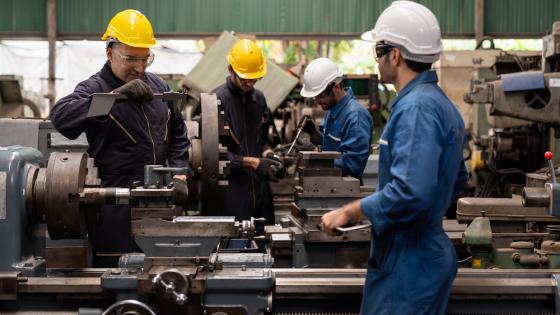Discussion paper
DP4827 The Effects of Permanent Technology Shocks on Labour Productivity and Hours in the RBC Model
Recent work on the effects of permanent technology shocks argue that the basic RBC model cannot account for a negative correlation between hours worked and labour productivity. In this Paper, I show that this conjecture is not necessarily correct. In the basic RBC model, I find that hours worked fall and labour productivity rises after a positive permanent technology shock once one allows for the possibility that the process for the permanent technology shock is persistent in growth rates. A more serious limitation of the RBC model is its inability to generate a persistent rise in hours worked after a positive permanent technology shock along with a rise in labour productivity that are in line with what the data suggests.
£6.00


